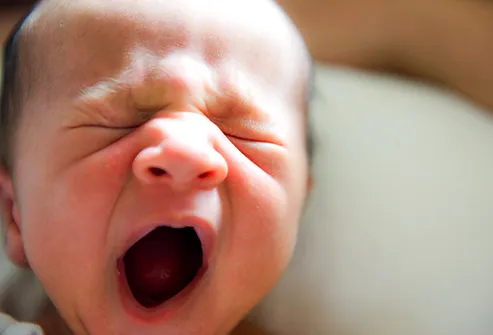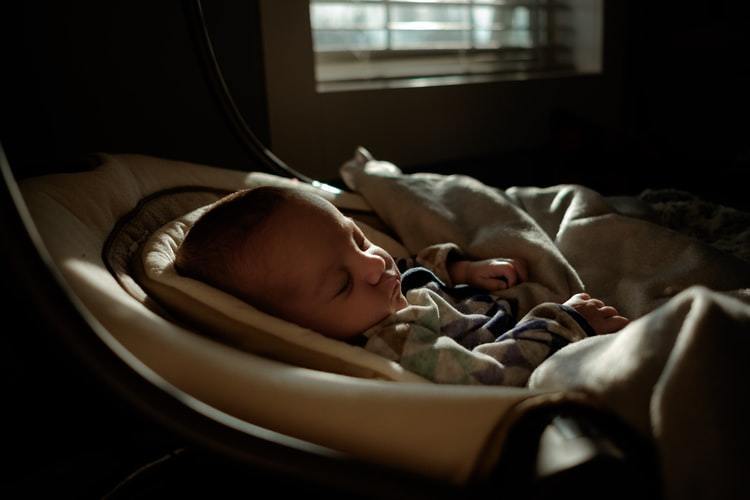Safe Sleep for Baby: A Comprehensive Guide for Parents
As parents, one of the most important things we worry about is our child's safety, especially during sleep. Safe sleep for babies is crucial to reduce the risk of sudden infant death syndrome (SIDS) and other sleep-related incidents. In this comprehensive guide, we'll go over the best practices for safe sleep for your little one, so you can rest easy knowing your baby is sleeping soundly and safely.

The ABCs of Safe Sleep for Baby
The American Academy of Pediatrics (AAP) recommends the following guidelines for safe sleep for infants, known as the ABCs of safe sleep:
- A for Alone: Infants should always sleep alone, in their own safe sleep environment, such as a crib or bassinet.
- B for Back: Infants should be placed on their backs to sleep, for every sleep time, including naps and at night.
- C for Crib: Infants should always sleep in a safety-approved crib, bassinet or play yard.
Choosing a Safe Sleep Environment
Choosing a safe sleep environment for your baby is important. When setting up your baby's sleep area, keep these factors in mind:
- Use a firm, flat sleep surface: Infants should always sleep on a firm, flat sleep surface, such as a safety-approved crib mattress.
- Keep the sleep area clear: Keep your baby's sleep area free of loose bedding, toys, and other soft objects, as these can increase the risk of suffocation or entrapment.
- Room sharing is recommended: It is recommended that infants sleep in the same room as their parents, but on a separate sleep surface, for at least the first six months, and preferably for the first year of life.
What to Avoid in Your Baby's Sleep Environment
To reduce the risk of SIDS and other sleep-related incidents, avoid the following in your baby's sleep environment:
- Loose bedding or soft objects: These can increase the risk of suffocation or entrapment.
- Overheating: Keep your baby's sleep environment at a comfortable temperature, and avoid using too many layers of clothing or blankets.
- Smoking: Infants exposed to secondhand smoke are at a higher risk of SIDS.
Safe Sleep Practices for Different Ages
As your baby grows, their safe sleep needs will change. Here are some safe sleep practices to keep in mind as your baby develops:
-
Newborns: Newborns should always sleep on their backs, with a firm, flat sleep surface, and no soft objects or loose bedding in the sleep area.
-
4-12 Months: Infants aged 4-12 months should continue to sleep on their backs, but may begin to roll over on their own. If this occurs, it is important to ensure that the sleep surface remains firm and free of soft objects or loose bedding.
-
Over 12 Months: Once your baby is over 12 months old and able to stand, it is important to adjust the sleep environment accordingly. The crib mattress should be lowered to prevent your baby from climbing out, and the sleep area should be free of any potential hazards, such as cords or small objects.
Common Questions about Safe Sleep for Babies
Q: Is it safe to use a sleep positioner?
A: No. Sleep positioners can increase the risk of suffocation and are not recommended for safe sleep.
Q: Can I use a crib bumper?
A: No. Crib bumpers are not recommended for safe sleep, as they can increase the risk of suffocation, strangulation, and entrapment.Q: Is it safe to use a sleep sack? A: Yes. Sleep sacks can be a safe and convenient way to keep your baby warm during sleep.
Q: When can I stop worrying about safe sleep for my baby?
A: Safe sleep practices are important until your child reaches a certain age or developmental milestone, such as being able to stand on their own or move out of their crib. It's always best to consult with your pediatrician about safe sleep practices.
Q: Can I let my baby sleep in a swing or car seat?
A: It is not recommended to let your baby sleep in a swing or car seat, as these can increase the risk of suffocation and positional asphyxia.
Conclusion
Safe sleep is essential for your baby's well-being, and it is important to follow the recommended guidelines to reduce the risk of SIDS and other sleep-related incidents. Remember the ABCs of safe sleep, choose a safe sleep environment, avoid potential hazards, and always consult with your pediatrician if you have any questions or concerns.
By following the guidelines and safe sleep practices outlined in this guide, you can help ensure that your baby gets the safe and sound sleep they need to grow and develop. Always remember that the health and safety of your little one should always come first.










